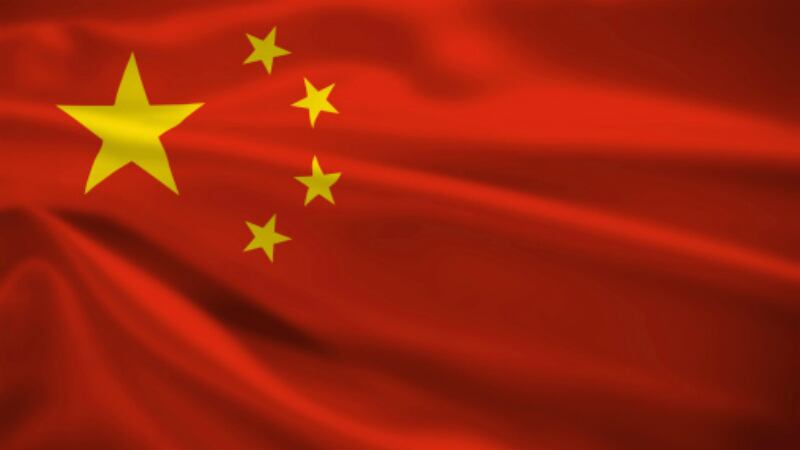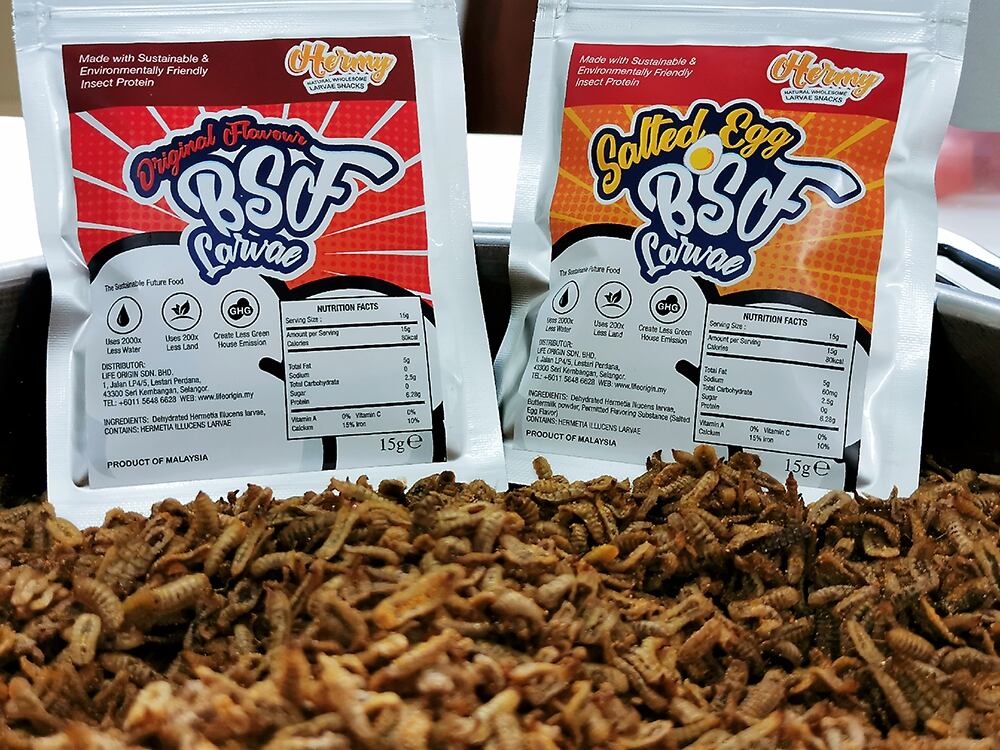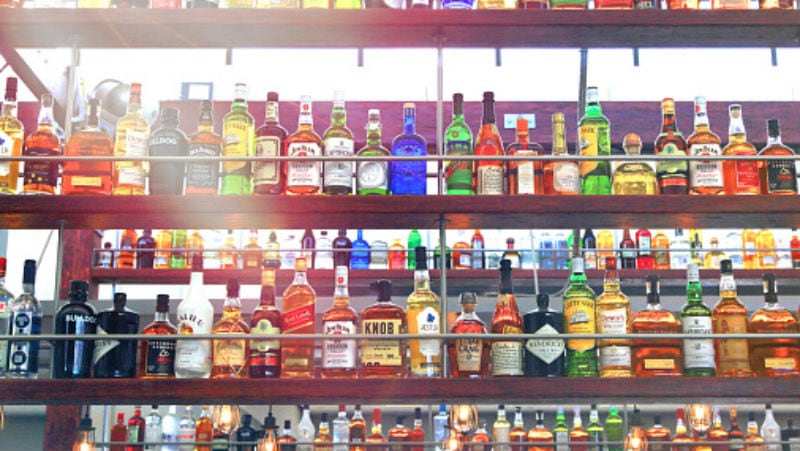A tale of Three Squirrels: How China went nuts for nation’s largest online snacks retailer
China’s largest online snacks retailer Three Squirrels enjoyed sweeping success and dominated e-commerce platforms during Alibaba’s recent 11.11 sales. But how did a relatively young company go from start-up to major player in just seven years?
Three Squirrels was founded in 2012 by its Founder and CEO (or, as the company calls him, the ‘Squirrel Father’) Zhang Liaoyuan, which makes it just seven years old this year. The company became IPO-listed earlier this year.
According to Alibaba data, sales of Three Squirrel snacks products in China hit CNY100mn (US$14.2mn) in just 19 minutes and 23 seconds, showcasing the immense popularity of these snacks locally. It currently produces over 500 product SKUs, particularly covering its three major categories of nuts, baked goods and meat products.
One of the major factors behind the firm’s immense success is its branding and marketing approach – there is a very specific story behind the establishment of the three squirrels (literal translations: Little Cool, Little Beauty and Little Cheap) used as the face of the company.
“The name Three Squirrels came about by chance – it is essentially the combination of Three Musketeers and Squirrels,” Three Squirrels Brand PR Director Yin Xiang told FoodNavigator-Asia.
Billion-dollar market: Soft drinks, dairy and snacks are most purchased products in Chinese convenience stores
Soft drinks, dairy products and snacks are still the top products purchased from convenience stores in China, according to a report conducted by Mintel.
Among the purchases include carbonated soft drinks, juice, bottled water, milk, yoghurt, potato chips and chocolate bars.
Chih-yuan Wang, category research director, retail, China at Mintel Reports told FoodNavigator-Asia: “Food and drink are the main products in convenience stores, especially ready-to-drink beverages, confectionaries, snack food etc.”
The report pointed out that dairy products in particular, which tend to be more costly than other food items, were gaining popularity among Chinese consumers with high personal income, and those living in tier one cities.
“As consumers seek fresher products and increasing acceptance of chilled dairy products, convenience stores’ cold-chain transportation and high turnover rates are clear advantages to bringing in more dairy products with a shorter shelf life,” the report said.
Turkey targets to export US$1 billion food products to China by 2023 as trade soars
Turkey has set its sight on exporting US$1 billion worth of food products to China over the next three years.
Current food exports to China grew by 86% in the first 10 months of 2019, totalling US$205 million, compared to US$110 million in the corresponding period last year.
The data was released by the Aegean Exporters' Association (EİB).
According to Birol Celep, vice president of EİB and chairman of the Aegean Dry Fruit and Products Exporters Association, China remains a priority and one of Turkey’s biggest export markets.
"China has a fruitarian culture, meaning it is a community that loves fruit,” he said.
“The Chinese have a habit of consuming fruit rather than sweet things. We want to use this potential very well.
Origin protection: Alcohol and tea biggest beneficiaries of China-EU agreement to prevent GI-protected food counterfeits
China’s recent signing of a landmark agreement with the European Union (EU) committing to the protection of 100 EU and 100 Chinese products protected under the Geographical Indication (GI) system will see maximum benefits for EU alcohol and Chinese teas.
GIs are used to identify products as originating in a particular geographical location, where characteristics such as quality, reputation or unique ingredients are linked to this location.
The China-EU Geographical Indications Agreement signed between China and the EU is the first comprehensive bi-lateral one of its kind for the former, and has been hailed as being of ‘milestone significance’ for deepening economic and trade co-operation between the two powers.
“The China-EU Geographical Indications Agreement negotiations began in 2011 and lasted for eight years. There are 14 articles in the agreement, which set a high level of protection rules for geographical indications,” China Ministry of Commerce spokesperson Gao Feng said in a ministry press conference.
“[GI-protected] Chinese products include ‘Anji White Tea’, ‘Hainan Navel Orange and ‘Helanshan Dong Lu wine’, whereas EU products include ‘Parma ham’ and ‘Irish whiskey’.
Healthy Ageing APAC Summit: Industry-leading conference returns to Singapore amid huge market potential
After two hugely successful events in 2018 and 2019, where 93% of delegates said the event added value to their organisation, we are delighted to announce that our Healthy Ageing APAC Summit will return to Singapore for year three in 2020.
It comes as the number of older persons in the region is expected to more than double from 600 million in 2018 to nearly 1.3 billion by 2050.
Organised by the publishers of FoodNavigator-Asia.com and NutraIngredients-Asia.com, the event brings together brands, suppliers, regulators and market experts to assess how the industry can meet the food and nutrition needs of older consumers of today and tomorrow.
Editor-in-Chief of both titles, and Regional Head of APAC at publisher William Reed, Gary Scattergood, said: “Crucially, the event comes from the perspective that healthy ageing begins from conception. It assesses innovative food and nutrition solutions across all age spans, which will ultimately help people enjoy a healthy, as well as longer, older age.
“Over the past two years we have heard from a stellar line-up of speakers from brands and retailers such as Nestle, Blackmores, PepsiCo, Redmart, Lawson, FANCL, Swisse and Kirin, alongside globally-renowned academics, policymakers and regulatory experts.





